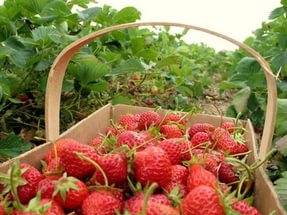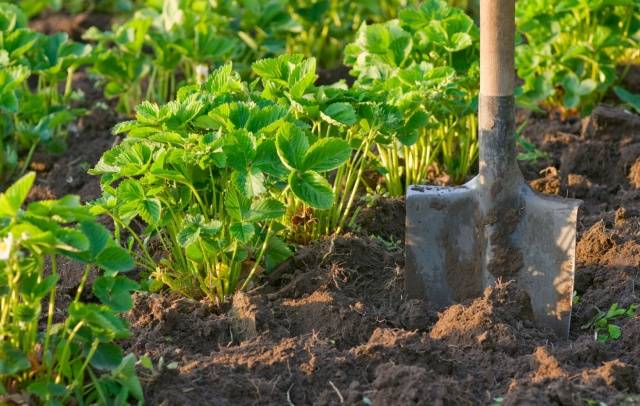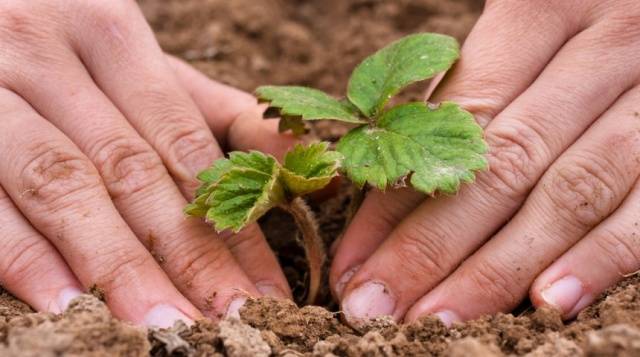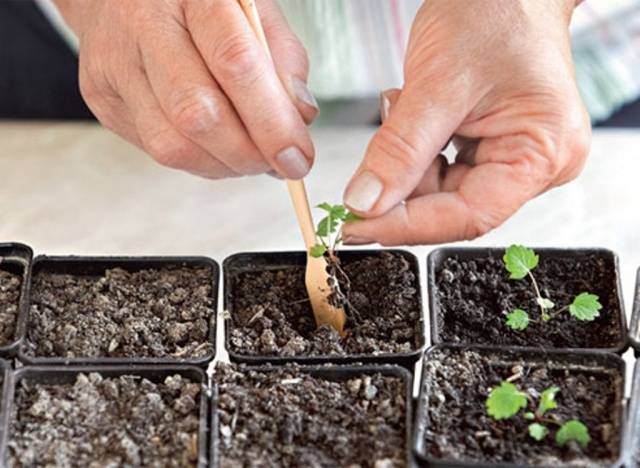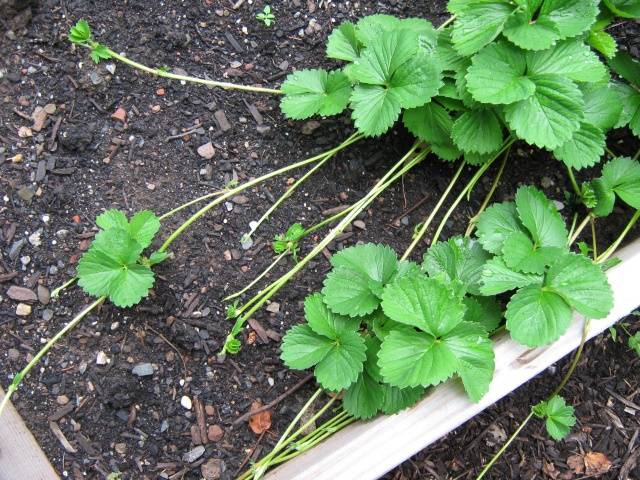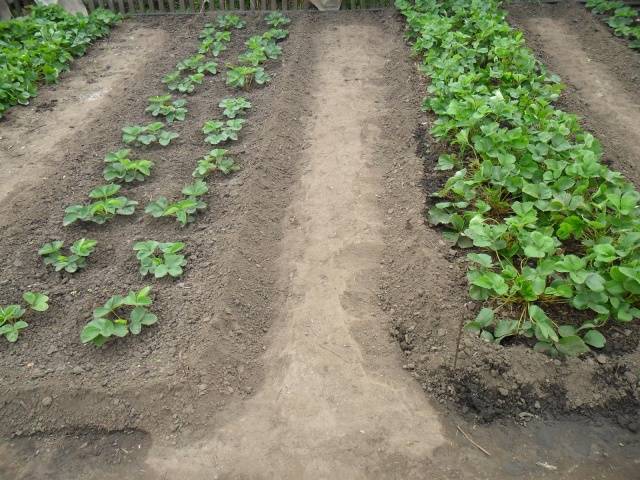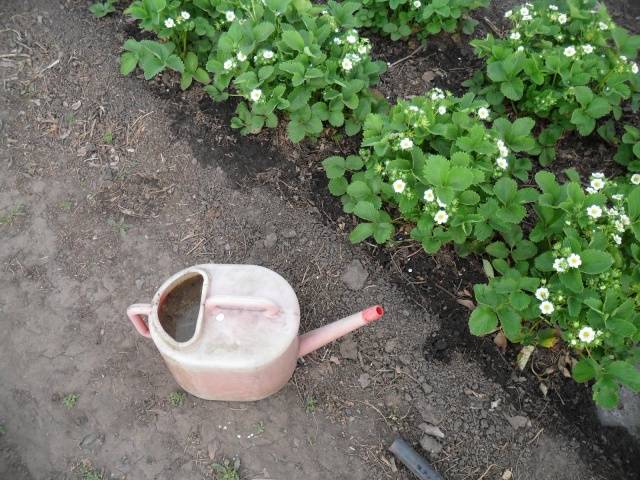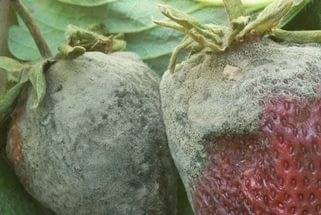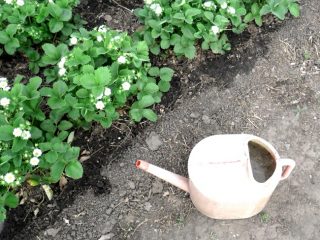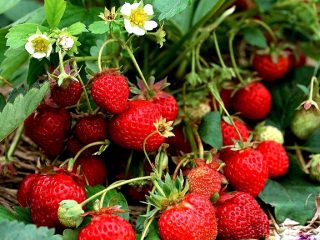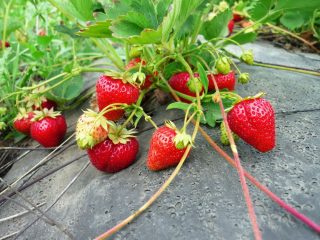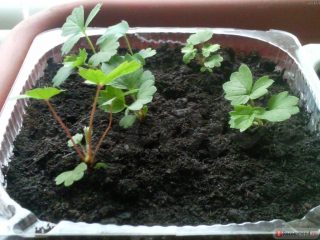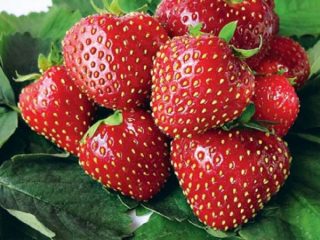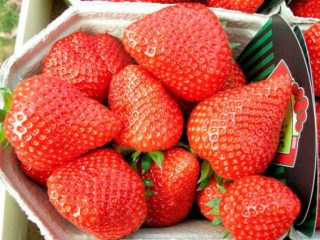Content
Every year the flow of city residents going to their dachas is increasing. Country life is full of pleasures: fresh air, silence, natural beauty and the opportunity to grow vegetables, fruits, herbs and berries with your own hands. Almost every summer cottage grows a traditional set: raspberries, currants, gooseberries, strawberries or, as they are also called, garden strawberries. Growing strawberries does not require constant hassle, however, some rules of agricultural technology for garden strawberries still exist. Selecting a location, preparation soil, variety selection: photos and videos with answers to basic questions on how to grow strawberries can be found in this article.
Choosing a landing site
Growing strawberries will be successful with the right preparation soil. The best harvest can be obtained by planting garden strawberry bushes on neutral, light, fertilized soils. Position strawberry patch in a sunny place, sheltered from the winds. Garden strawberries love moist soil, but react negatively to excess moisture; the area for planting seedlings should not be swampy.You should not grow strawberries in areas where there is stagnation of water in the spring and after heavy rains.
Landing dates
Garden strawberries can be planted in spring and autumn. Strawberries planted in the spring will not bear fruit in the first summer, so it is wiser to postpone planting strawberry bushes until the fall; by winter they will take root and become stronger. Next year, strawberries will produce their first harvest of berries.
Autumn planting
In the fall, gardeners have fewer worries than in the spring. There is a lot of planting material, strawberries have sprouted, the weather is warm, frost is far away. Young strawberry bushes will take root and overwinter successfully. There are three stages of autumn planting of garden strawberries:
- Early (mid-August-mid-September);
- Medium (from September 15 to October 15);
- Late (no later than a month before frost).
The choice of planting date for strawberries depends on climatic conditions and the cyclical development of plants. The tendrils produced by strawberry bushes in June-July will take root in the soil in July or August, forming fruiting buds in September or October. Early and mid-autumn plantings of strawberries produce a larger harvest than late autumn plantings.
Spring planting
Didn't have time to plant strawberry bushes in the fall? Wondering how to properly grow strawberries even if the soil is not prepared in advance? Don’t despair: you can do everything in time in the spring by buying seedlings or growing them from seeds.
When purchasing garden strawberry seedlings, choose those that are sold in pots or cassettes.
Successfully growing strawberries begins with choosing a variety that suits your climate zone. Buy well-developed, healthy seedlings; they can be recognized by their rich green bushes. Brown, white spots on garden strawberry seedlings signal disease. Put the seedlings in a cool place for three days, prepare the holes so that the distance between the bushes is 30 cm, and half a meter between the rows. Dig holes for strawberry seedlings 10 cm deep, loosen the boundaries of the planting hole, form a mound at the bottom, on top of which it will be convenient to distribute the roots of the plant.
If the soil has not been fertilized with organic matter since the fall, then place a couple of handfuls of humus and a handful of wood ash in the hole. Trim the roots of the strawberry bushes to a length of 7-8 cm, remove excess leaves, leaving 3-4 of the largest ones. Spread the roots over the mound and cover with soil, compacting the soil well around the roots. To prevent the root collar and base of the strawberry rosette from rotting, after planting the plant, carefully pull it up. You can water an empty hole before planting a bush, or thoroughly water the soil after planting the plant. The first summer after planting, garden strawberries most likely will not bear fruit.
Soil preparation
Agricultural technology for growing strawberries involves proper soil preparation. In the spring, dig up the garden bed with a pitchfork and remove the rhizomes from the soil. weed. Strawberries love well-fertilized soil with organic matter, so add mullein, humus or compost in the amount of one bucket per m22. Add 5 kg wood ash per 1 m2 soil. Close the area prepared for planting strawberries black geotextileto prevent weed germination. For spring planting of seedlings, perform the described procedure in the fall. A month before the expected date of planting strawberries, add a tablespoon of potassium phosphate or 40 g of superphosphate mixed with 10 g of potassium sulfate per square meter.
Strawberry propagation
Nature took good care of the reproduction of this plant. Garden strawberries reproduce by seeds, rooted shoots (runners) and division of rhizomes, so gardeners do not have a shortage of strawberry planting material.
Propagation of strawberries by seeds
This method is quite troublesome, but it allows you to obtain healthy seedlings while maintaining varietal characteristics. Secrets growing strawberries from seeds lies in the correct choice of seed material. Buy garden strawberry seeds in the store, or take them from your plants, for which you need to pick ripe, smooth berries. Leave them in the sun for a few days to soften the flesh. Mash the strawberries and soak them in water. Remove the pulp, rinse the seeds and soak again. Those that have sunk to the bottom of the container are suitable for further use. Dry them and store them in a cool, dry place until February.
In February, soak strawberry seeds in water for several days, changing it twice a day. Soak store-bought seeds in a growth regulator according to the instructions for the preparation. To germinate seeds for seedlings, sow them in a box filled with disinfected, moist soil and cover with glass until germination.Remove the glass periodically to ventilate and moisten the soil.
When sprouts appear, carry out a pick, carry out the second pick in the phase of 4-5 leaves according to a 5x5 cm pattern. A week before planting, harden the seedlings by taking them to a cool place, gradually increasing the time the strawberry bushes are in the cool.
Reproduction by mustache
Strawberry bushes grow propagation shoots (whiskers) after the start of flowering and throughout the summer. Select bushes that will serve as “donors”. Remove the flower stalks and leave the tendrils, and in mid-summer you will see rosettes on them (young strawberry bushes). Those with 4 or more leaves are suitable as seedlings. Separate the young strawberry bushes from the main plant, plant them together with a lump of earth on a prepared bed, and water the strawberry plantings generously.
Reproduction by division
Dividing a strawberry bush is not the most popular way to propagate it, although this method does not cause any particular problems. An overgrown adult bush needs to be dug up and the plant carefully divided into several daughter plants. This is quite simple to do, because the rhizome of the old bush dies off naturally, and it is easily divided into several small bushes. The resulting seedlings are rooted according to the previously described rules.
Crop rotation
Strawberry plantations, even with proper care, cannot bear fruit in the same place for decades. After 3-4 years of active growth and rich harvests, the strawberry bushes need to be replaced and planted in another place. Tips for growing strawberries from experienced gardeners are as follows: do not plant this crop where potatoes, tomatoes or cucumbers previously grew. But radishes, carrots, radishes, legumes, as well as onions and garlic are excellent predecessors of strawberries.
Care during the growing season
Remove weeds in a timely manner and loosen the soil, providing air access to the roots. Make sure that the strawberry roots are not exposed, this will cause them to dry out. Mulching the soil will allow you to get rid of weeds and reduce the number of waterings, which is especially important for summer residents who come to the site on weekends. Remove tendrils and excess leaves so that the strawberry bush devotes all its strength to fruiting.
Strawberry watering schedule
The technology for growing strawberries involves maintaining a balance of soil moisture. It is necessary to water the bushes abundantly, and at the same time avoid waterlogging of the roots. Stagnant moisture at the roots causes rot to appear. Start watering strawberry bushes from the end of April at intervals of once every one and a half to two weeks. For one square meter of bed you need 10-12 liters of non-cold water. In summer, the frequency of watering increases to 3-4 times a week. From August to October inclusive, it is enough to water the bushes twice a week. Water in the morning, do not allow water to get on the plant. Optimal use of drip irrigation.
Fertilizing strawberries
Strawberry growing technology dictates regular feeding. In addition to adding organic matter, when planting bushes, three feedings of adult plants should be carried out per year:
- Before the start of the growing season;
- During budding and fruit formation;
- After the harvest.
In the spring, when caring for the site after winter, add half a liter of either nitroammophosphate (1 tbsp per 10 liters of water) or organic matter to the soil under the strawberries: mullein infusion (1:10), chicken manure infusion (1:12).As a foliar feeding, use a mixture of microelements, taking 2 grams of ammonium molybdate, potassium permanganate and boric acid per 10 liters of water.
At the very beginning of flowering, feed the strawberry bushes potassium fertilizer: add ash, infusion of chicken manure or potassium nitrate to the soil. You can also carry out foliar feeding during the same period; spraying with a solution of boric acid in the proportion of one teaspoon per 10 liters of water will significantly increase the number of inflorescences, and abundant flowering is the key to a good harvest.
When the berries have been harvested and the leaves have been pruned, feed the bushes that have given all their strength to fruiting. Apply 0.5 liters of nitroammophoska solution (2 tbsp per 10 liters of water) under each bush into the soil. Garden strawberries are a short-day (short-day) plant; they lay fruiting buds for the next season in late summer - early autumn, so in August, fertilize the strawberry bushes with urea (30 g per 10 liters of water) and water it well.
Diseases of garden strawberries
Strawberries have their own pests and are affected by fungal diseases. Fruit, gray, root rot; white, brown and brown spots; late blight, fusarium and verticillium wilt; jaundice and powdery mildew - this is a list of common diseases of garden strawberries. Compliance with crop rotation and preventive treatments at the beginning and end of the plant growing season will help avoid these problems. If the strawberry bushes are sick, then the use of fungicides becomes inevitable.
Pests of garden strawberries
Strawberries are affected by mites, strawberry nematodes, and strawberry-raspberry weevil. Slugs and ants do not shy away from the aromatic berry.Proper care, crop rotation, preventive treatment of bushes and soil will reduce the risk of pest attacks.
Spring treatment
After the snow melts, before the buds swell, remove the winter mulch from the strawberry bushes and destroy it. It is also better to remove the layer of soil under the mulch, or at least loosen it to a depth of 6-8 cm. This measure will help destroy awakening pests. Spill the strawberry bushes and soil with a 3-4% solution of Bordeaux mixture, or a 2-3% solution of copper sulfate.
Autumn processing
In mid-September, treat the strawberry beds with a mixture of 3 tbsp. spoons of overcooked sunflower oil, 2 tbsp. spoons of liquid soap, wood ash and vinegar, diluted in 10 liters of water. After two weeks, treat the soil with Bordeaux mixture or copper sulfate in the above proportion.
The agricultural technology for growing strawberries is quite simple and accessible to every interested person.
